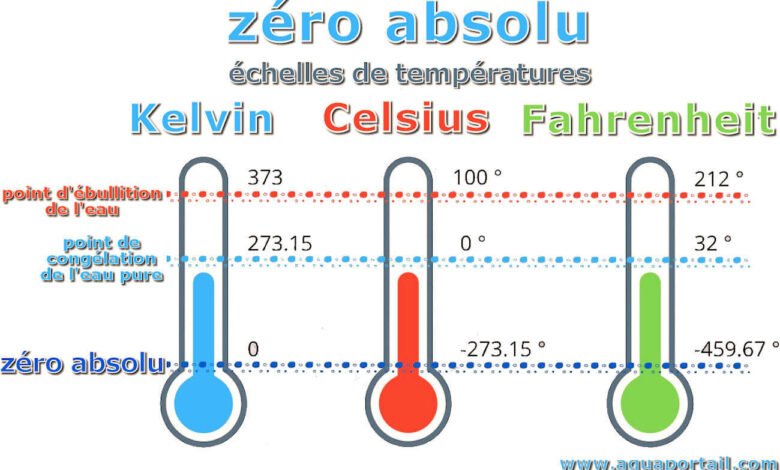19f to Celsius: What Is This New Scary Hypothetical Temperature?

A while back, a blogger named Tom Foreman made the claim that the world would end on September 20, 2036. His reasoning? Because that’s the day that the temperature reaches 19 degrees Celsius, which he says is a symbolic threshold for the end of the world. Naturally, this claim sparked a lot of conversation and quickly became known as “the Y2K scare.” If you’re unfamiliar with it, 19f to Celsius is a new scary hypothetical temperature. It’s based on a paper by Dr. James Hansen that suggests there’s an increased risk of huge temperature spikes if we don’t take action to reduce greenhouse gas emissions. In short, this new hypothetical temperature is a way of illustrating how serious climate change could be. So what do you think? Is this really something to worry about? Or is it just another Internet hoax? Read on to find out more.
What is the Celsius Scale?
The Celsius scale is a thermometric scale that was originally developed in the 18th century by Swedish scientist Anders Celsius (1701-1744). The scale ranges from 0 degrees Celsius (32 degrees Fahrenheit) to 100 degrees Celsus (212 degrees F). The scale is based on the temperature of ice and is often used to measure the temperatures of liquids and gases.
What Would Happen If the World Went to 19f?
If the world went to 19f, there would be a significant amount of instability in the climate system. The Earth’s average surface temperature is about 23.7 degrees Celsius (73.9 degrees Fahrenheit). If the world went to 19f, this would represent a 2°C (3.6°F) increase from preindustrial levels and a potentially devastating tipping point for the global climate.
The consequences of such an increase in temperature could be catastrophic. For example, if sea levels rose by 10 meters (33 feet), many coastal communities would be flooded and hundreds of millions of people would lose their homes. Extreme weather events could become more frequent and intense, with prolonged droughts and heavy rainfall causing major flooding and loss of life. In addition, food production could collapse due to extreme heat or cold conditions, leading to mass starvation around the world.
It is important to note that this is only a hypothetical scenario – there is no guarantee that the world will actually go to 19f. However, it is an important reminder that we need to continue working hard on Climate Change mitigation in order to reduce our impact on the environment
The RISK of Living in a 19f World
In just over a decade, the world will be living in a 19f world. This means that the average global temperature will be 1.9 degrees Celsius hotter than it is today. This increase in temperature could lead to all sorts of disastrous consequences, from more extreme weather events to widespread famine.
The the19fworldproject is a joint effort by the World Bank and the Climate Group to “understand and communicate the risks associated with people and economies living in a world where temperatures are 1.5-2°C above preindustrial levels.” The project uses a variety of tools, including projections of food production, economic growth, and sea level rise. These projections show that if we continue on our current path, there’s a high chance that we’ll reach 1.9 degrees Celsius by 2100—and even higher chances of reaching 2 degrees Celsius or even 3 degrees Celsius if we don’t take aggressive action to cut emissions.
There are many ways we can reduce our exposure to these risks: We can reduce our carbon emissions, help vulnerable communities adapt to rising temperatures, and develop new technologies that tackle climate change head-on. But whatever we do, we need to act fast—the window for taking action is rapidly closing.
What You Can Do to Prepare for a 19f World
1. Understand what a 19f world is: A temperature of 19 degrees Fahrenheit would be considered extremely cold, and would likely require additional clothing or protection from the elements. A temperature of 19 degrees Celsius, on the other hand, is pretty warm – perfect for summertime weather!
2. Make sure you have the necessary gear: If a 19f world becomes reality, it will be very cold outside and you’ll likely need clothes to protect you from the weather. You’ll also want to make sure you have plenty of food and water on hand in case things get rough.
3. Be prepared for a host of new dangers: In a 19f world, temperatures could plummet at night, leaving people shivering in their homes. Additionally, many disasters could occur due to extreme weather conditions – floods, hurricanes, etc. So be prepared for anything!
4. Connect with like-minded individuals: Talking about these issues and preparing for them can be really helpful – it helps us all feel more prepared if we have someone to talk to about it! So reach out to your friends and family members and see if they’re interested in learning more too.
Conclusion
With all of the talk about climate change, it’s hard to avoid hearing discussions of hypothetical temperature ranges that could occur in the future. One such range is called 19f to Celsius, which is based on the premise that if the world warmed by 1.5 degrees Fahrenheit (0.8 degrees Celsius), there would be significant implications for global weather patterns. These consequences could include more extreme hurricanes and snowstorms, as well as an increased chance of food shortages around the world. If you’re wondering what this means for your day-to-day life, don’t worry — we’ve included a link at the end of this article that will help you find out more.




